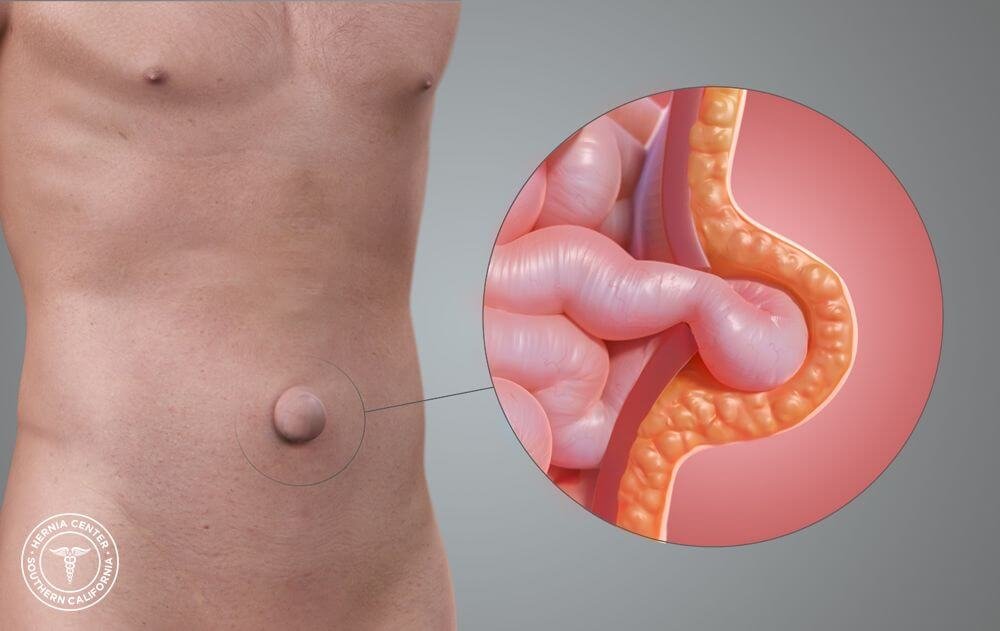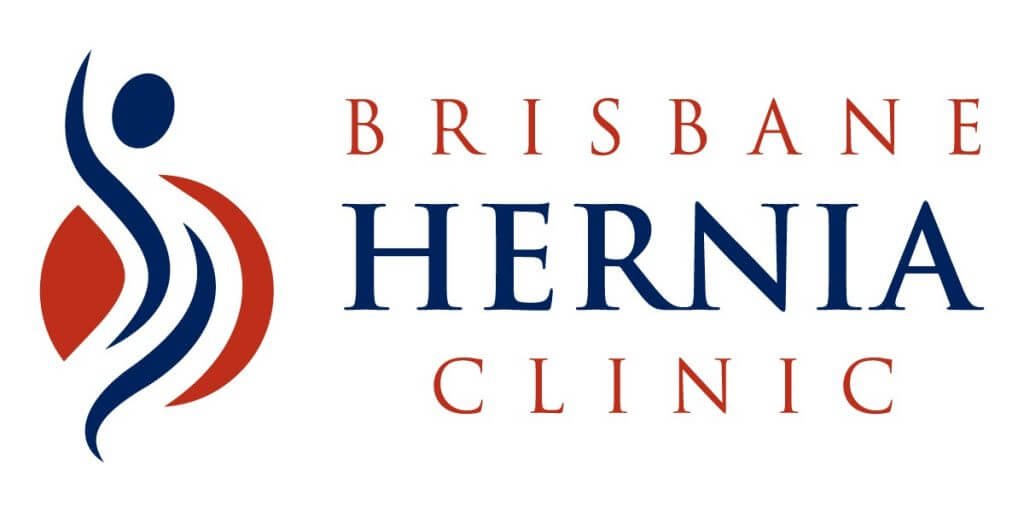Umbilical (Belly Button) Hernia
Umbilical Hernia
Umbilical hernia is incredibly common. It affects men and women almost equally for different reasons. As we all recognise, we were all connected to our mothers by the umbilical cord at the belly button. When the umbilical cord dries and falls off after a few days, the hole in the abdominal wall never truly closes. It persists like a little “o” ring that passes through fibrous tissue (linea alba) in the midline.
The fibrous tissue (linea alba) can be stretched open (rectus diastasis or diverication) in chubby babies, in pregnant women, in men with large bellies, and through wear and tear. This causes the belly button “o” ring to become stretched open, allowing formation of a hernia sac. The hernia sac usually only contains fat, but if large can contain bowel. Belly button hernias do not always need to be fixed. Reasons for repair include tenderness, pain, bowel containing hernia and cosmetic embarrassment (you don’t like the look of it). Repair is performed either through a tiny incision in the belly button with a mesh plug placed behind the abdominal wall or keyhole for larger or recurrent hernias. At keyhole operation 5 mm cuts are made and the mesh is placed through these and fixed to the abdominal wall from the inside. Recovery is just a few days.

